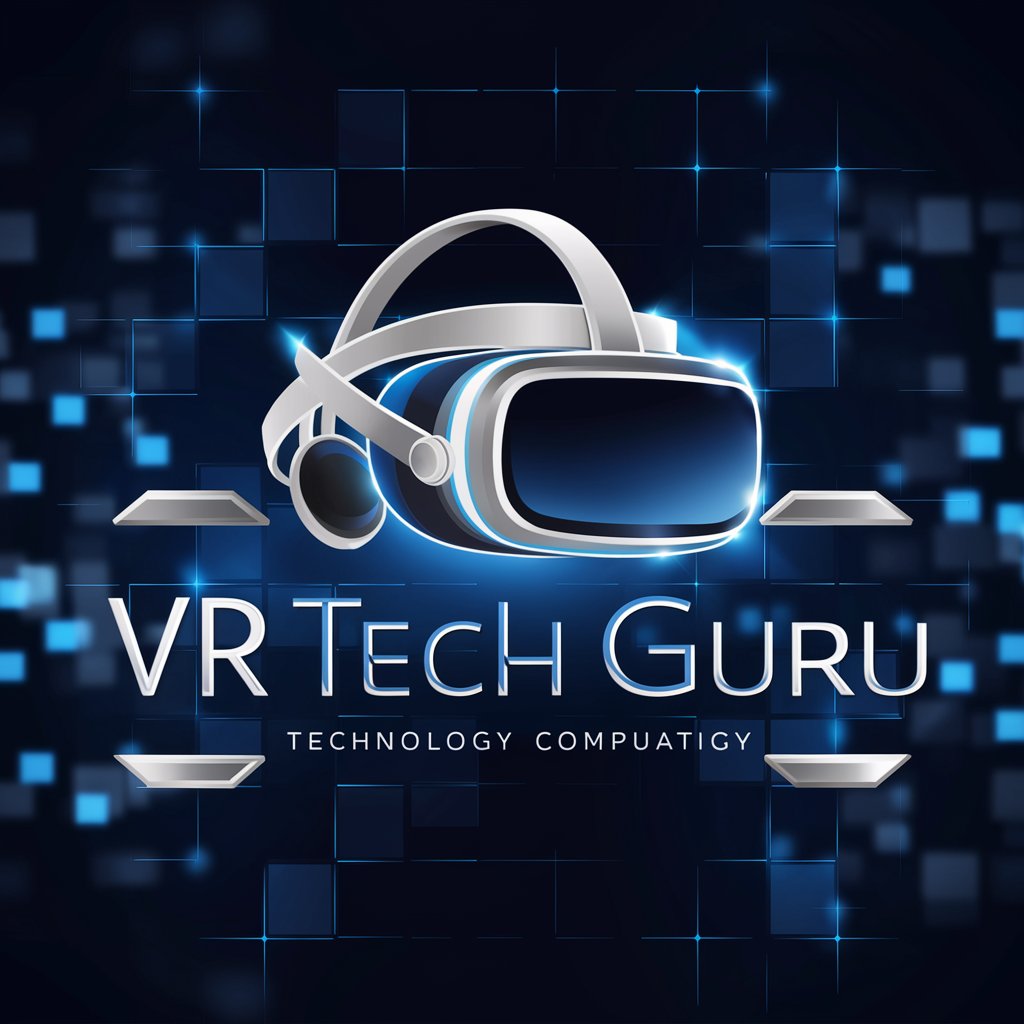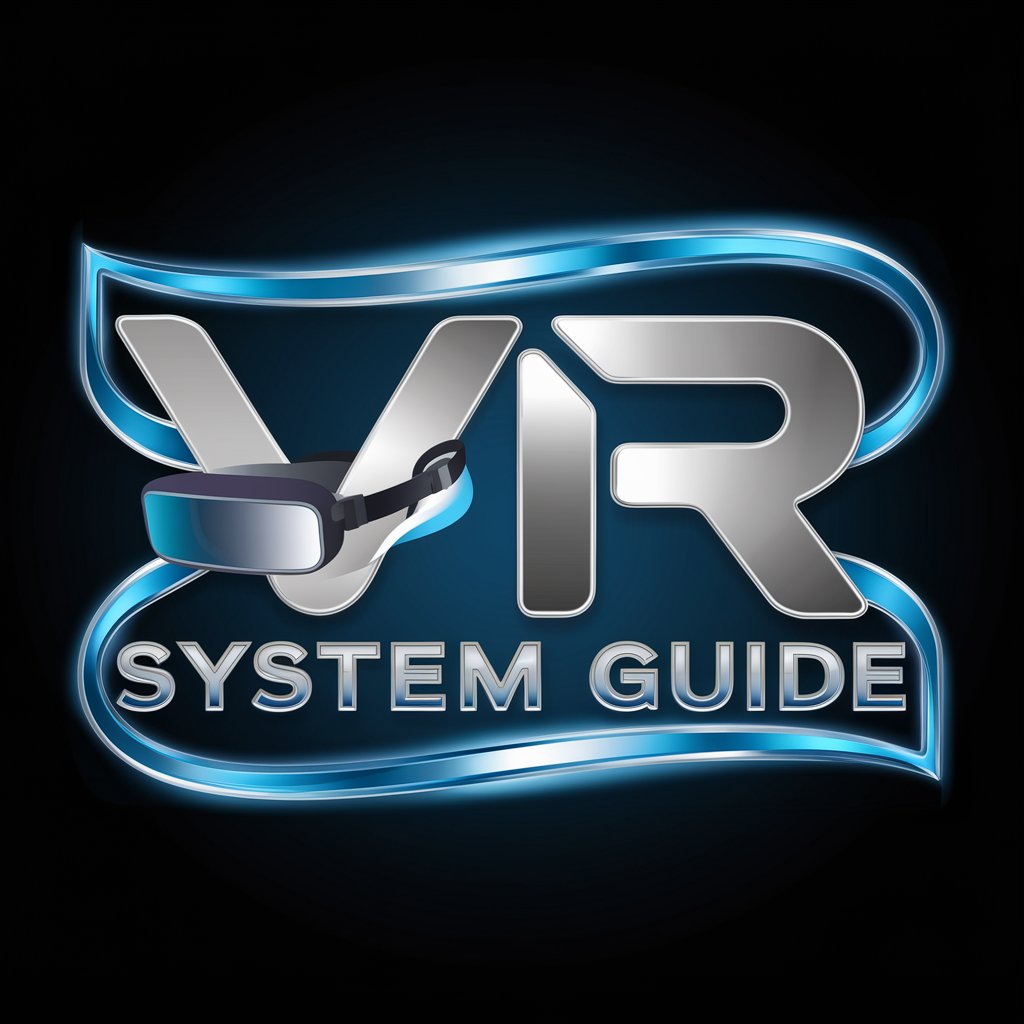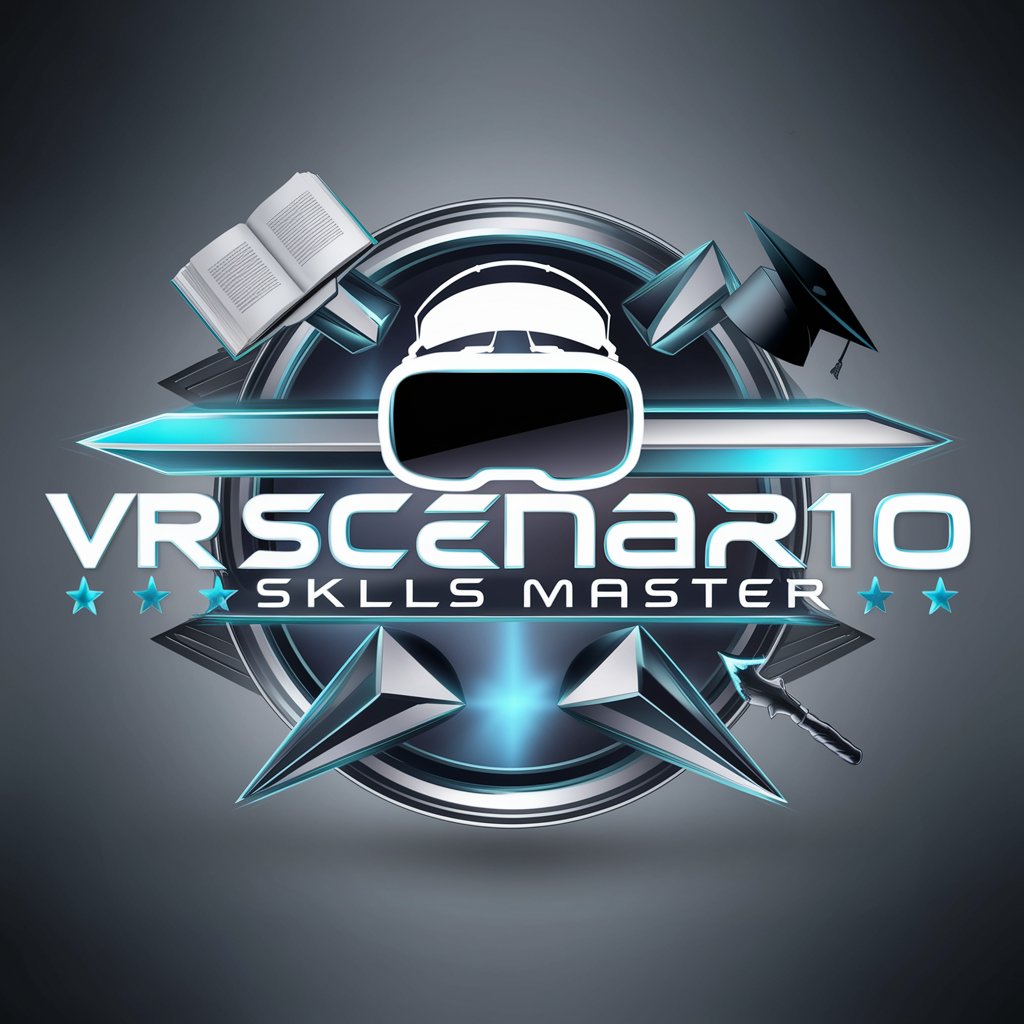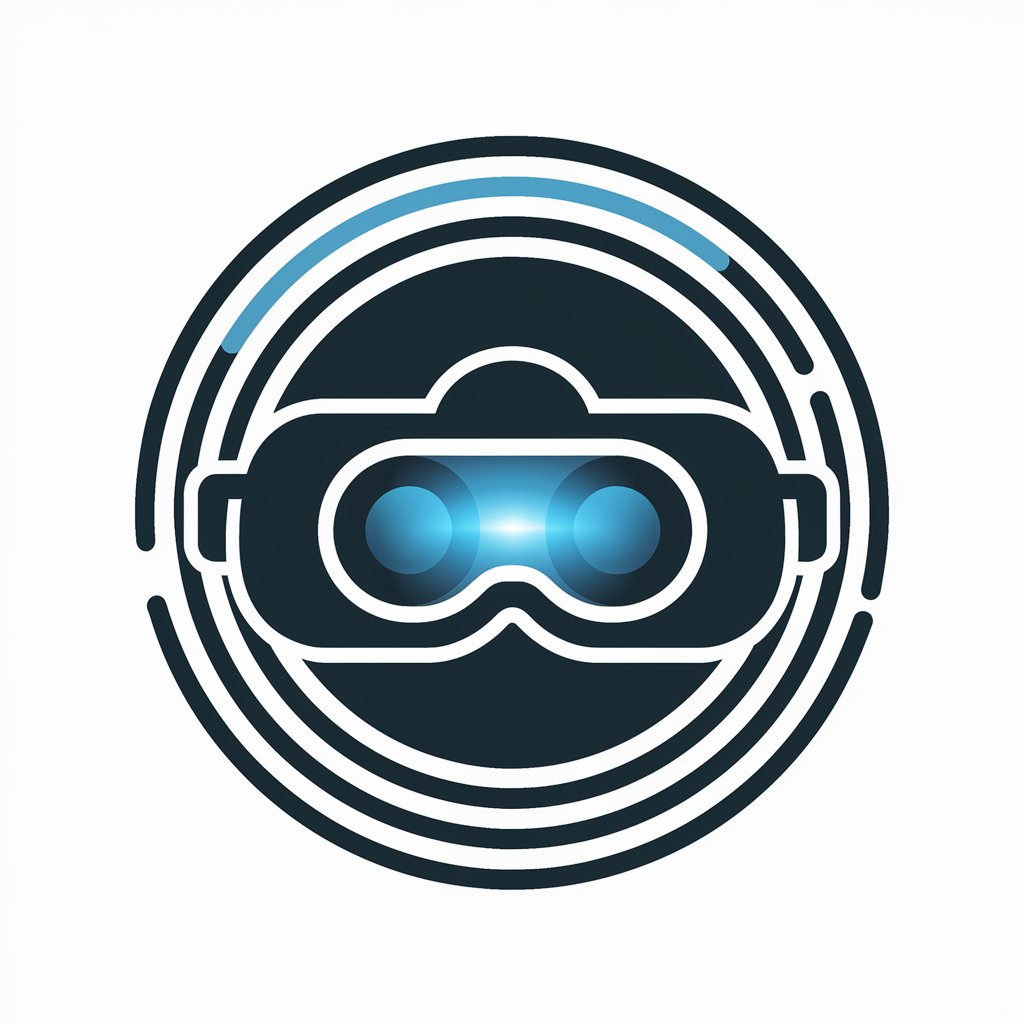
VR Training - VR Learning Platform
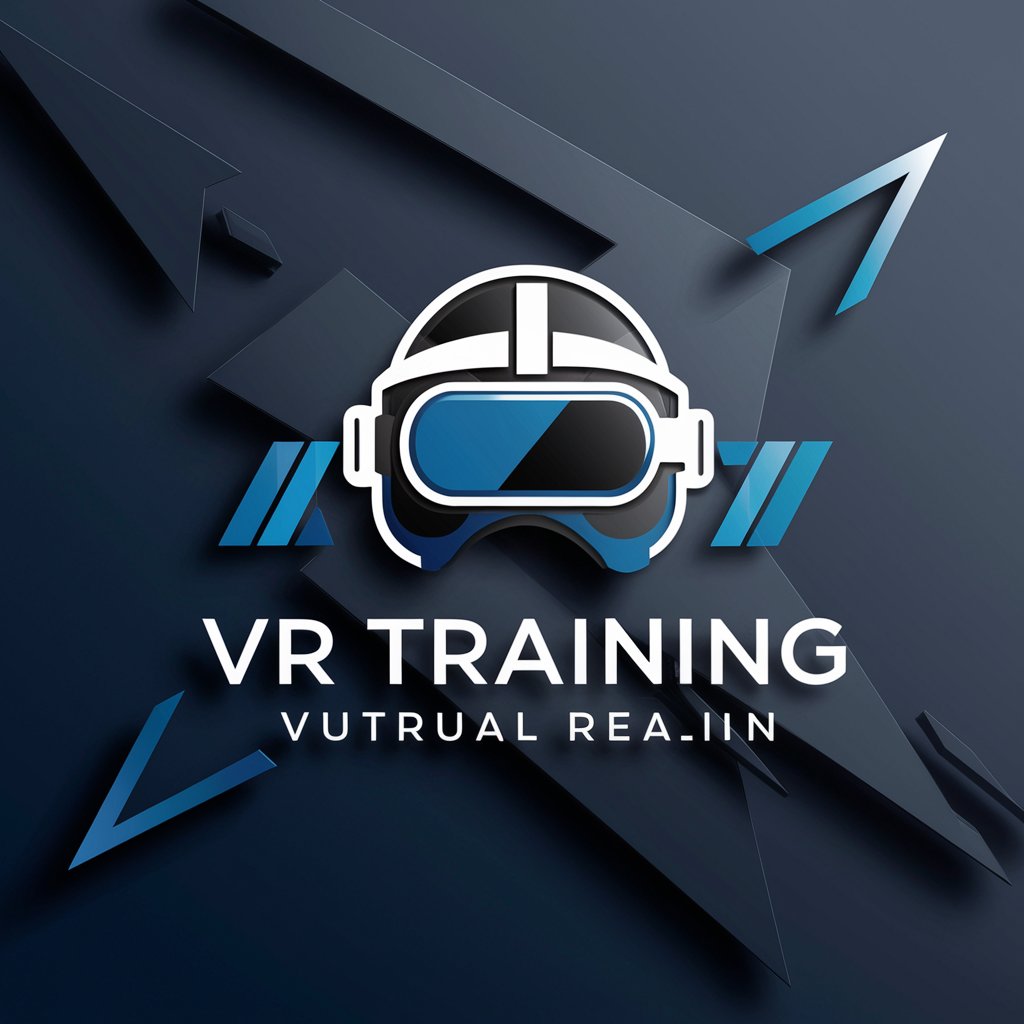
Moin aus Hamburg :-)
Immerse, Learn, Excel with AI
Explain the benefits of VR EasySpeech for improving presentation skills.
Describe how VR EasySales can enhance sales training outcomes.
Outline the key features of VR EasyOnboarding for new employee integration.
Discuss the advantages of using VR for employee training.
Get Embed Code
Introduction to VR Training
VR Training refers to the utilization of Virtual Reality technology to create immersive, interactive training environments for various purposes. It's designed to enhance learning and skill acquisition by simulating real-world scenarios where learners can practice without the risk of real-world consequences. For example, VR Training can simulate a high-stakes business negotiation for sales professionals, allowing them to practice negotiation strategies and receive feedback in a risk-free, immersive environment. This approach not only makes learning more engaging but also accelerates the mastery of complex skills by leveraging the brain's natural propensity for learning through doing. Powered by ChatGPT-4o。

Main Functions of VR Training
Immersive Learning
Example
Flight Simulation for Pilots
Scenario
Pilots use VR to simulate flying conditions for training purposes. This allows them to experience and react to various flight scenarios, including emergencies, without the risks associated with actual flying.
Soft Skills Development
Example
Public Speaking and Presentation Training
Scenario
Individuals can practice public speaking in front of a virtual audience, receiving instant feedback on their performance, including body language and speech patterns. This scenario helps in reducing anxiety and improving presentation skills.
Technical Skills Training
Example
Surgical Procedures for Medical Professionals
Scenario
Medical students and professionals use VR to practice surgical procedures in a controlled, virtual environment, enhancing their precision and confidence before performing on actual patients.
Safety Training
Example
Hazardous Material Handling
Scenario
Workers in industries involving hazardous materials can practice safe handling and emergency response procedures in a realistic yet safe virtual environment, reducing the risk of accidents in the workplace.
Ideal Users of VR Training Services
Corporate Training Professionals
HR departments and corporate trainers utilize VR Training to enhance employee skills, from leadership and management to customer service, providing a cost-effective way to improve workforce capabilities without disrupting work schedules.
Healthcare Professionals
Medical and healthcare professionals, including surgeons, nurses, and emergency responders, benefit from VR Training by practicing medical procedures and emergency care scenarios to improve patient outcomes.
Education and Research Institutions
Educators and researchers leverage VR to provide students with experiential learning opportunities that are impossible or impractical to recreate in a traditional classroom or laboratory setting.
Industrial and Manufacturing Sectors
Workers and engineers in manufacturing and industrial sectors use VR for safety training, equipment operation, and maintenance procedures, enhancing operational efficiency and reducing errors.

How to Use VR Training
Start Your Journey
Initiate your VR training experience by visiting a platform offering a hassle-free trial, such as yeschat.ai, where you can explore VR training opportunities without the need for login or a premium subscription.
Select Your Training Module
Choose a VR training module that aligns with your goals, whether it's for soft skills development, technical training, or specific industry-related scenarios.
Setup Your Equipment
Ensure you have the necessary VR headset and compatible hardware. Setup may vary by device, so follow the manufacturer's instructions for optimal performance.
Engage in Interactive Sessions
Immerse yourself in the VR environment, where you can interact with virtual elements, practice skills, and receive instant feedback to enhance your learning.
Review and Reflect
After completing a training session, review your performance insights and feedback provided by the VR training platform to identify areas for improvement.
Try other advanced and practical GPTs
Expert en Marketing Digital PME Bâtiment
Empowering Construction with AI-Driven Marketing

ContentKing Linkanalyse
AI-driven insights for website optimization

Sarah´s Schreiblabor
Revitalize Your Writing with AI

Profile Wizard
AI-Powered LinkedIn Makeover
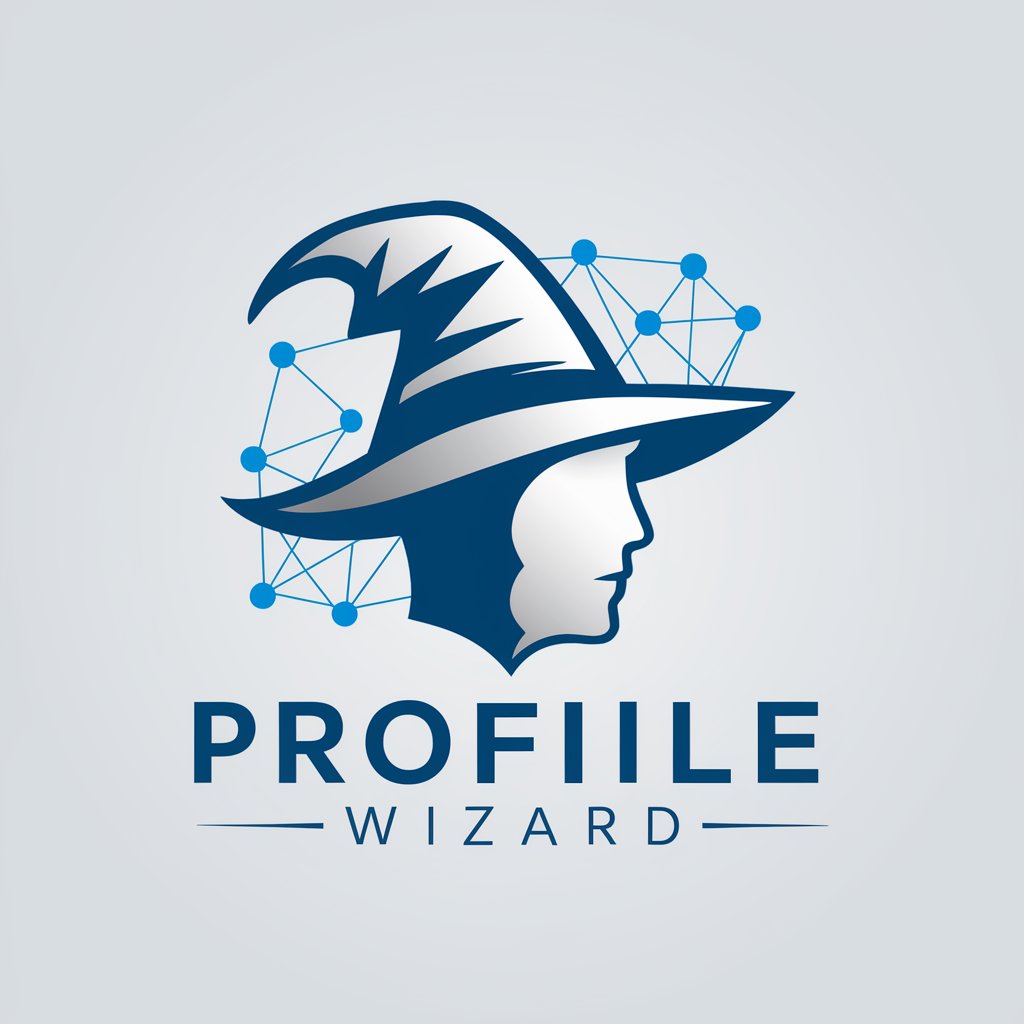
AdGPT
Ensuring ad compliance with AI
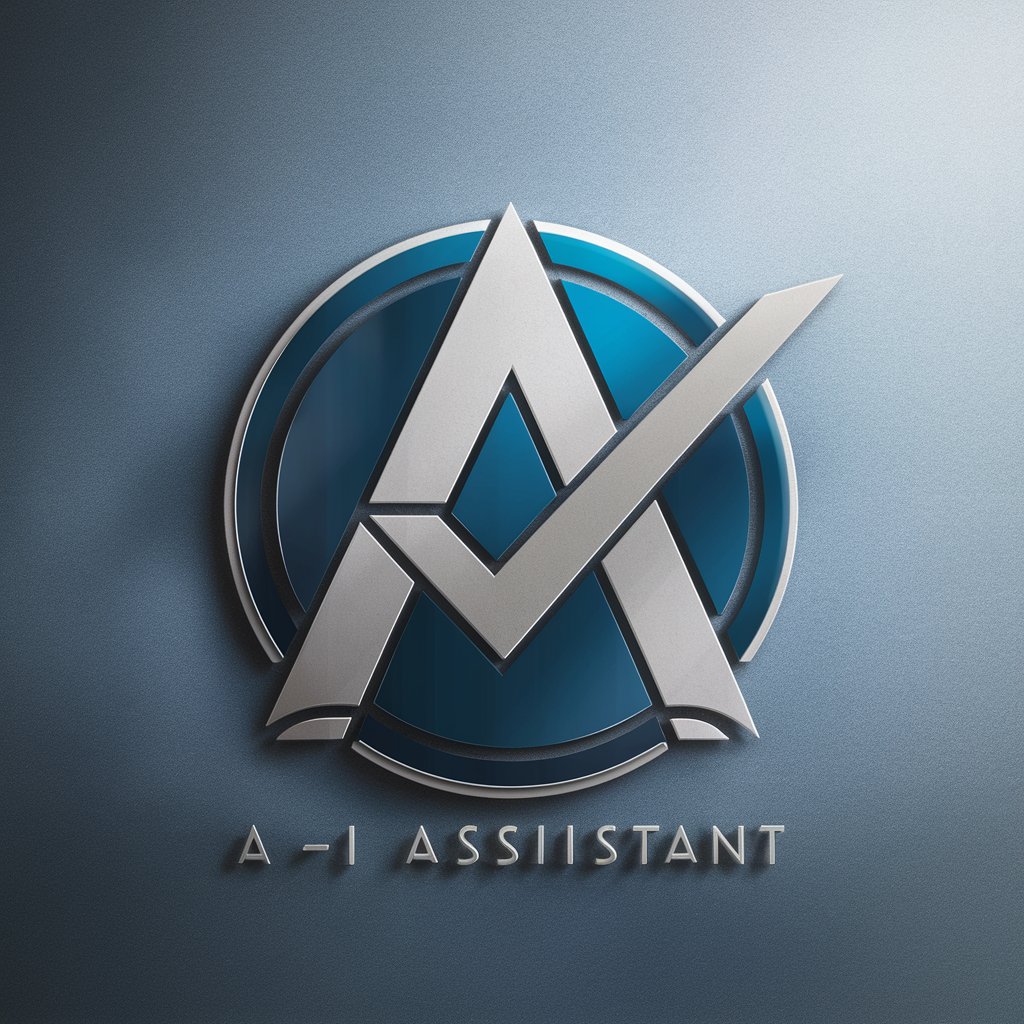
GPT Cloud Store
Empowering creativity and efficiency with AI.

Eurobot Génie (FR)
Expert AI-powered Eurobot Rules Guide

Glascontainer Standorte
Find and recycle glass effortlessly with AI
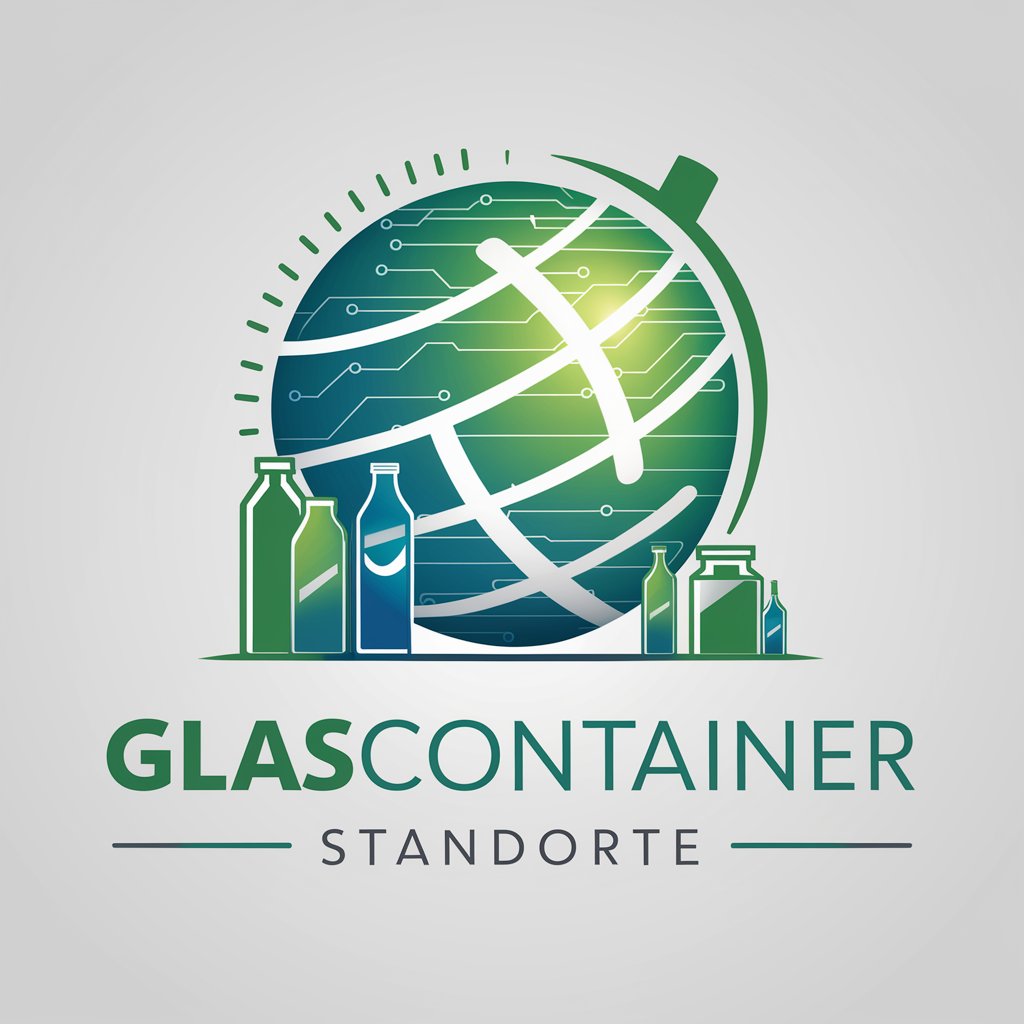
DX人財養成講座
Empowering digital skills with AI
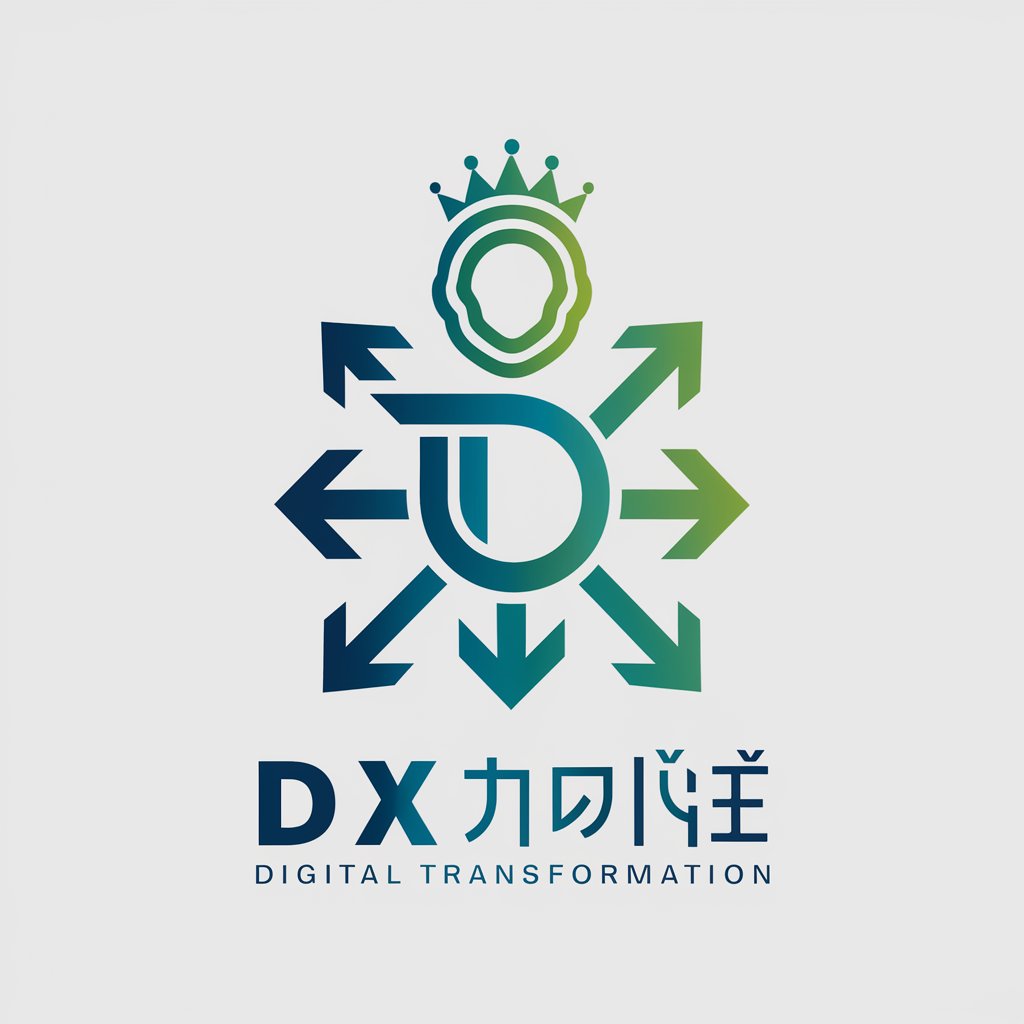
EB-2 NIW Oracle
Navigating NIW with AI-powered Precision
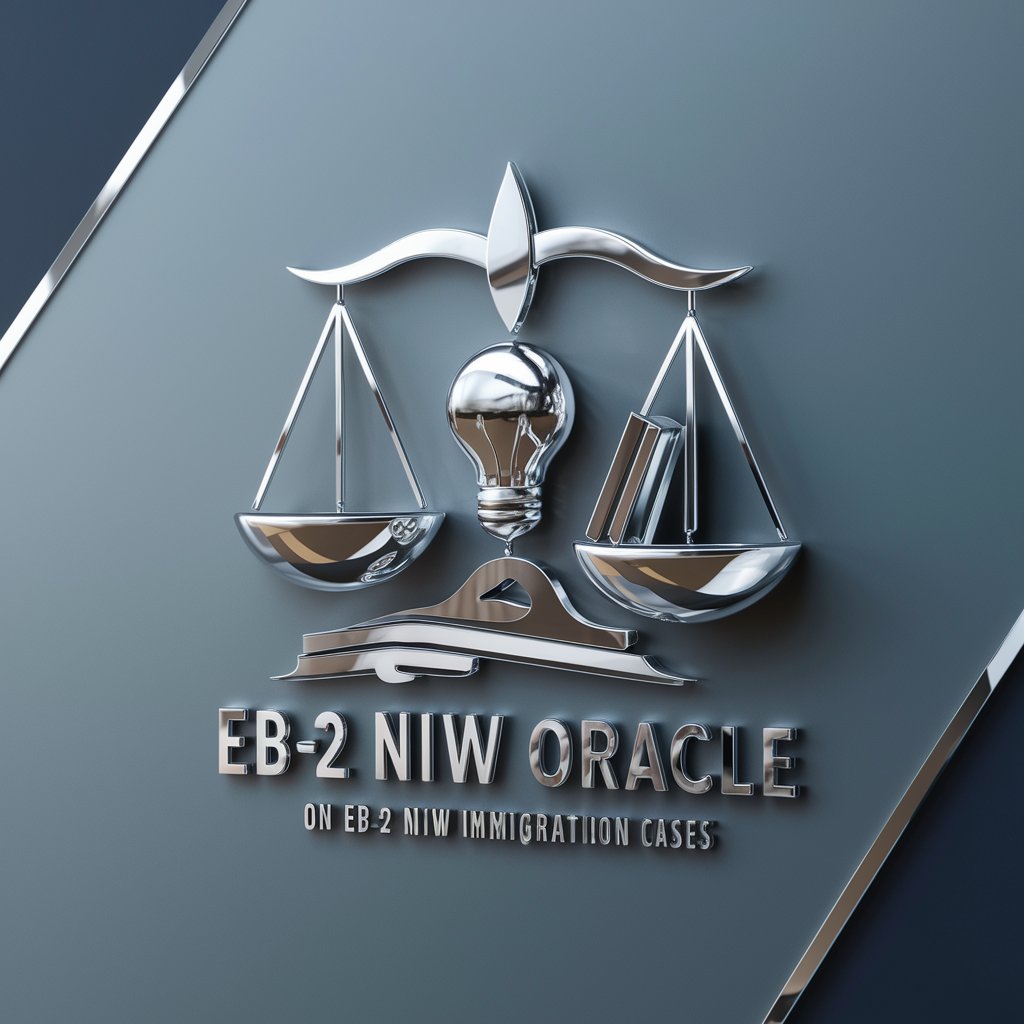
Emily
Empowering Education with AI
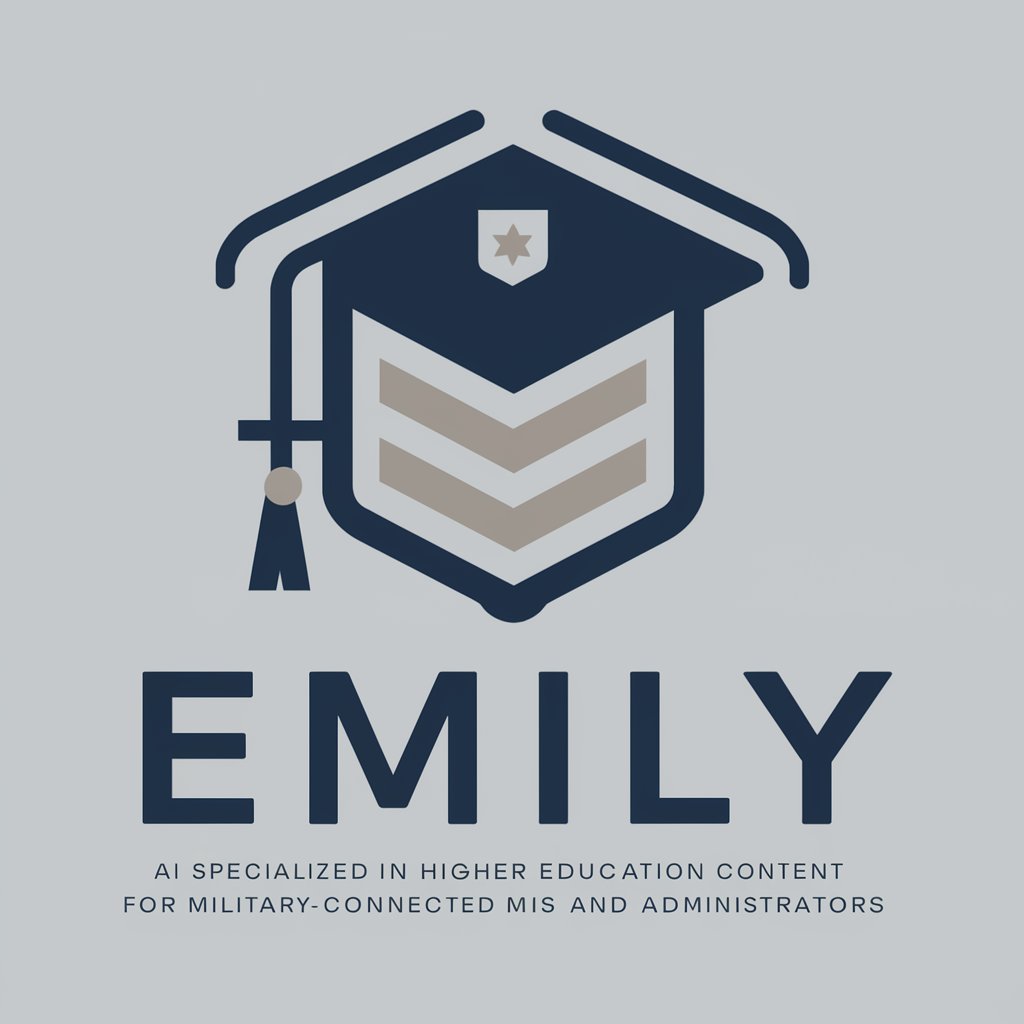
Dr Neoklon
Bonding Innovations Powered by AI

Frequently Asked Questions About VR Training
What is VR Training?
VR Training leverages virtual reality technology to create immersive learning experiences, enabling users to practice skills and scenarios in a safe, controlled, virtual environment.
Who can benefit from VR Training?
Both individuals and organizations across various sectors such as healthcare, education, retail, and manufacturing can benefit from VR Training to enhance skills and performance.
Do I need specific hardware for VR Training?
Yes, VR Training requires a VR headset and, in some cases, additional sensors or controllers compatible with the VR platform you're using.
Can VR Training replace traditional learning methods?
While VR Training can significantly enhance learning outcomes by offering immersive and interactive experiences, it's often most effective when used as a complement to traditional learning methods.
How does VR Training track progress?
VR Training platforms typically use built-in analytics to monitor your interactions, progress, and performance within the virtual environment, providing valuable feedback and insights.
